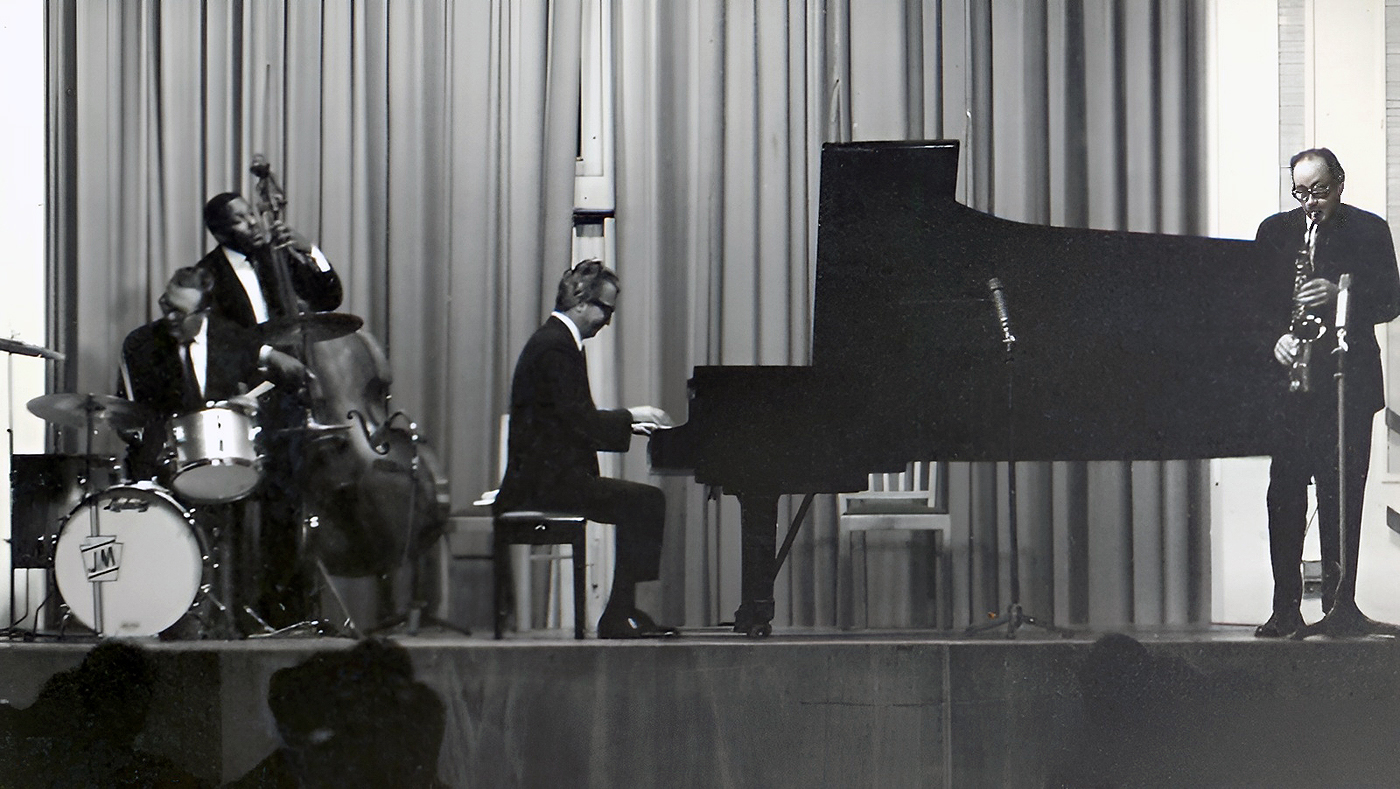
* Open
- "Take Five": Requiescat in pace Dave Brubeck (1920-2012)
- "Jazz is about freedom within discipline," Brubeck said in a 2005
interview with AP. "Usually a dictatorship like in Russia and Germany
will prevent jazz from being played because it just seemed to represent
freedom, democracy and the United States. Many people don't
understand how disciplined you have to be to play jazz. ... And that is
really the idea of democracy — freedom within the Constitution or
discipline. You don't just get out there and do anything you want" (Las Vegas News).
* Notes: Imagery
- An image is anything that evokes any of the fives senses:
Sight (visual=eye)
Sound (aural=ear)
Smell (Olfactory=Nose)
Taste (Gustatory=Tongue)
Touch (Tactile=Skin)
Sound (aural=ear)
Smell (Olfactory=Nose)
Taste (Gustatory=Tongue)
Touch (Tactile=Skin)
- Denotation: Literal; dictionary definition
- Connotation: The associations a word or image brings beyond the literal minimum. For instance, a house and a home may seem the same, but the words bring subtly different connotations.
More to Consider
"A Second Childhood" by G.K.C.
"The Destruction of Sennacherib" by Byron (George Gordon)
"Loveliest of Trees" by A.E. Housman
"Sign for My Father, Who Stressed the Bunt"
- Read the next poem on your own. List some of the images and explain how the image communicates both directly and more subtly (with connotation). Do this in the notes section of your binder.
* Honors: Dante
HW: CWP Beauty and Dante (Honors); bring markers, pens, pencils and such next week for time when you can work on your map.
No comments:
Post a Comment